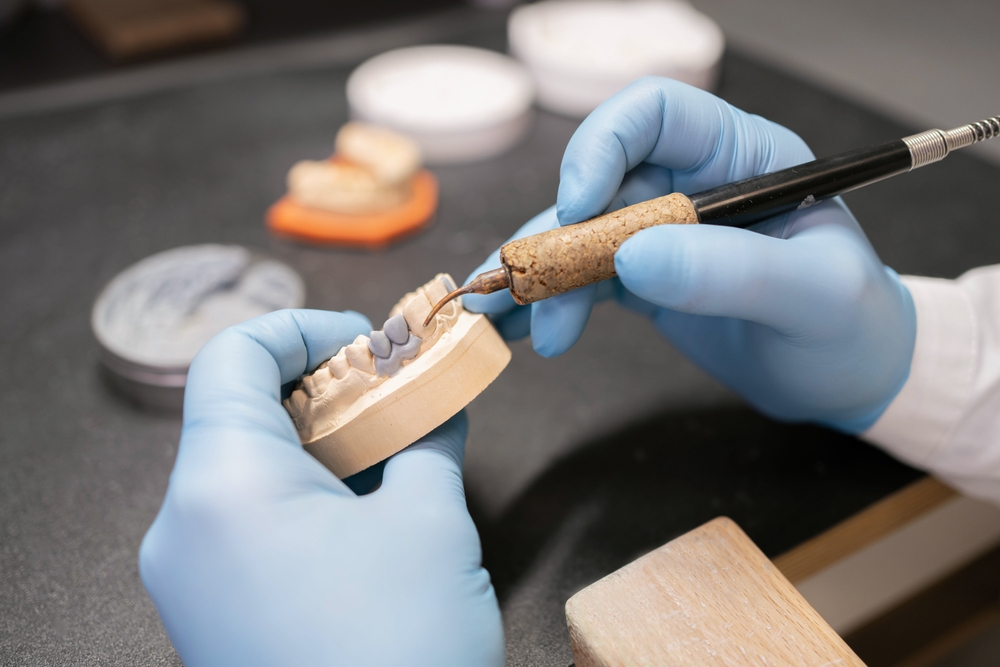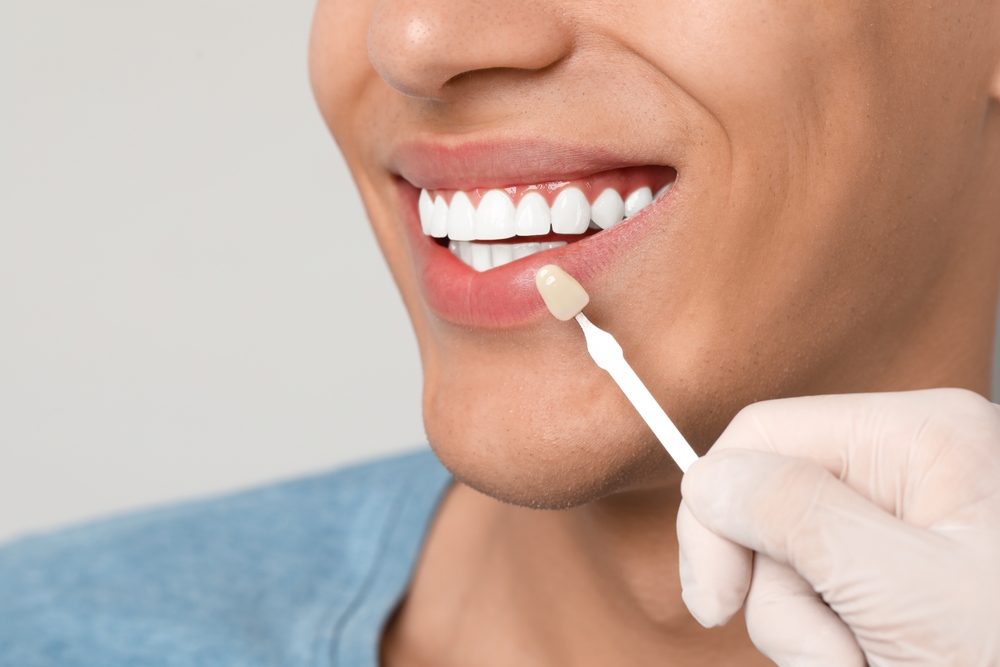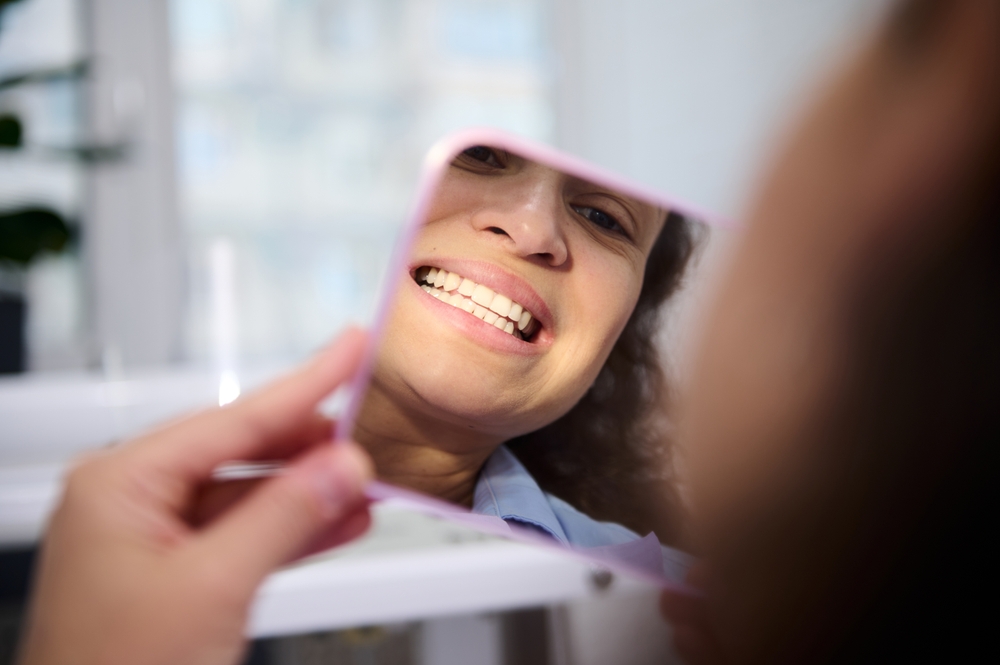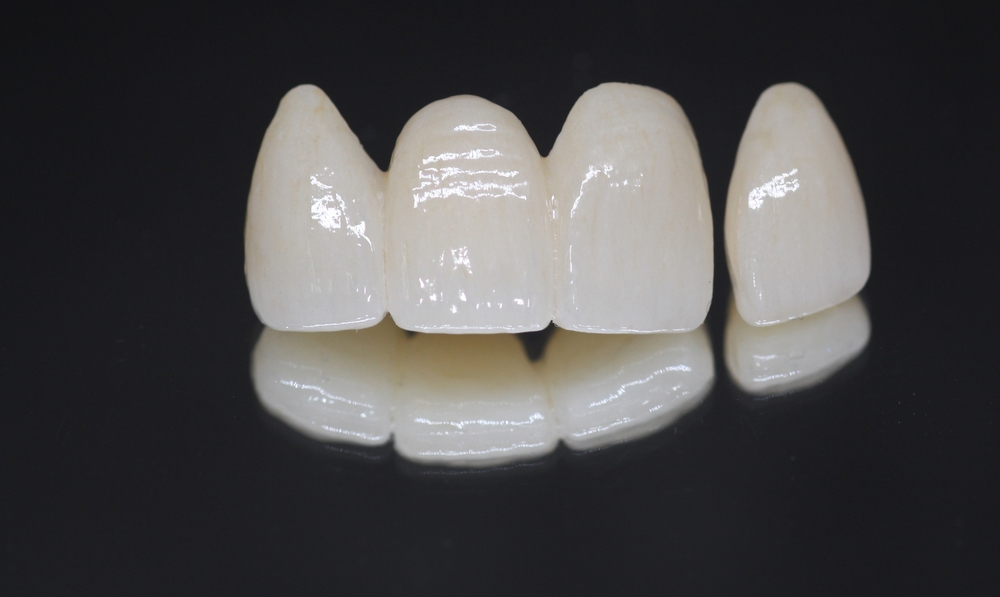Dental wax serves as a versatile cornerstone in the intricate world of dental laboratories, playing a crucial role in the creation of precision dental restorations. From pattern waxes that form the basis of diagnostic wax-ups to processing waxes essential for casting and fabrication, understanding the applications of dental wax is paramount for dental technicians. In this comprehensive blog, we delve into the various types of dental wax, explore its wide-ranging applications in the lab, discuss essential techniques for working with wax, highlight quality control measures, and peek into future trends shaping wax technology. Join us on this journey to unravel the art and science of dental wax in the modern dental laboratory.
Types of Dental Wax
In the realm of dental laboratories, various types of dental wax serve distinct purposes, each contributing uniquely to the fabrication of dental restorations.
Pattern Waxes
Pattern waxes are fundamental in creating precise replicas of oral structures for diagnostic and treatment planning purposes. These waxes are often used in conjunction with dental models to visualize the final outcome of restorative procedures.
- Baseplate Wax: Primarily used as a base material for complete dentures, baseplate wax facilitates the initial formation of denture bases before acrylic processing.
- Sticky Wax: This adhesive wax is invaluable for assembling various components during wax-up procedures, ensuring structural integrity and accuracy in complex dental restorations.
Processing Waxes
Processing waxes are integral to the fabrication process, aiding in the transformation of wax patterns into durable dental restorations through casting and other techniques.
- Boxing Wax: Essential for creating molds or boxes around wax patterns before investment, boxing wax ensures proper alignment and containment during the casting process.
- Utility Wax: Versatile in its applications, utility wax is used for a range of purposes, including adjusting the fit of appliances, creating temporary features, and enhancing aesthetics in wax patterns.
Understanding the nuances of each type of dental wax empowers dental technicians to execute intricate procedures with precision and efficiency, laying the groundwork for exceptional dental restorations.
Applications of Dental Wax in the Lab
Dental wax finds extensive use in various applications within the dental laboratory, contributing significantly to the creation and refinement of dental restorations.
Diagnostic Wax-Ups
- Role in Treatment Planning: Dental technicians utilize dental wax to create diagnostic wax-ups, which serve as tangible models for treatment planning. These wax-ups allow dentists and patients to visualize proposed restorations before actual fabrication, aiding in decision-making and communication.
- Steps Involved: The process of creating a diagnostic wax-up involves meticulous sculpting and shaping of wax to mimic the desired final restoration. This includes assessing occlusal relationships, contours, and aesthetics to achieve optimal functional and cosmetic outcomes.
Crown and Bridge Fabrication
- Wax Patterns for Casting: Dental wax is used to form intricate patterns for crowns, bridges, and other dental prostheses. These wax patterns serve as templates for casting metal frameworks, ensuring precise fit and alignment with the patient’s oral anatomy.
- Wax Try-Ins: Prior to finalizing restorations, wax try-ins are performed to assess fit, occlusion, and aesthetics. This step allows adjustments to be made to the wax patterns before proceeding to the final fabrication stage, enhancing the accuracy and patient satisfaction of the end result.
By leveraging dental wax in these critical applications, dental laboratories can achieve superior outcomes in terms of functionality, aesthetics, and patient comfort, underscoring the indispensable role of wax in modern dental prosthetics.
Techniques for Working with Dental Wax
Working with dental wax requires a combination of skill, precision, and understanding of various techniques to achieve optimal results in dental restorations.
Melting and Handling Temperatures
- Melting Point: Dental technicians must be aware of the melting point of the specific type of wax being used. Different waxes have varying melting points, and maintaining the appropriate temperature is crucial for sculpting and manipulation.
- Handling Temperatures: Apart from melting, understanding the handling temperatures is essential to prevent distortion or damage to the wax. Techniques such as flame control and use of heated instruments aid in precise manipulation without compromising the integrity of the wax.
Carving and Sculpting Techniques
- Carving Tools: Dental technicians utilize specialized carving tools to sculpt wax patterns with intricate details and contours. These tools allow for precise shaping of occlusal surfaces, margins, and interproximal areas.
- Layering and Texturing: Layering techniques with different shades of wax and texturing tools create realistic anatomical features and surface textures, enhancing the aesthetics and functional properties of the final restoration.
Using Additives for Specific Properties
- Colorants: Adding colorants to dental wax enables technicians to match the shade of natural teeth accurately, ensuring seamless integration with the patient’s dentition.
- Modifiers: Incorporating modifiers such as softening agents or strengthening additives can alter the physical properties of the wax, making it more malleable or durable as per the requirements of the restoration.
By mastering these techniques and understanding the nuances of working with dental wax, dental technicians can achieve precision and finesse in creating high-quality dental prostheses that meet both functional and aesthetic standards.
Conclusion
In conclusion, dental wax stands as a cornerstone of precision and artistry within the realm of dental laboratories. Its versatility in various forms, from pattern waxes to processing waxes, empowers dental technicians to create intricate and lifelike dental restorations. Through applications such as diagnostic wax-ups and crown and bridge fabrication, dental wax plays a pivotal role in treatment planning, communication, and achieving optimal functional and aesthetic outcomes. Mastering techniques like melting and handling temperatures, carving and sculpting, and utilizing additives further enhances the capabilities of dental wax in delivering high-quality prosthetics. As technology continues to evolve, so too does the landscape of dental wax, promising future innovations and advancements that will continue to shape the field of modern dentistry.




